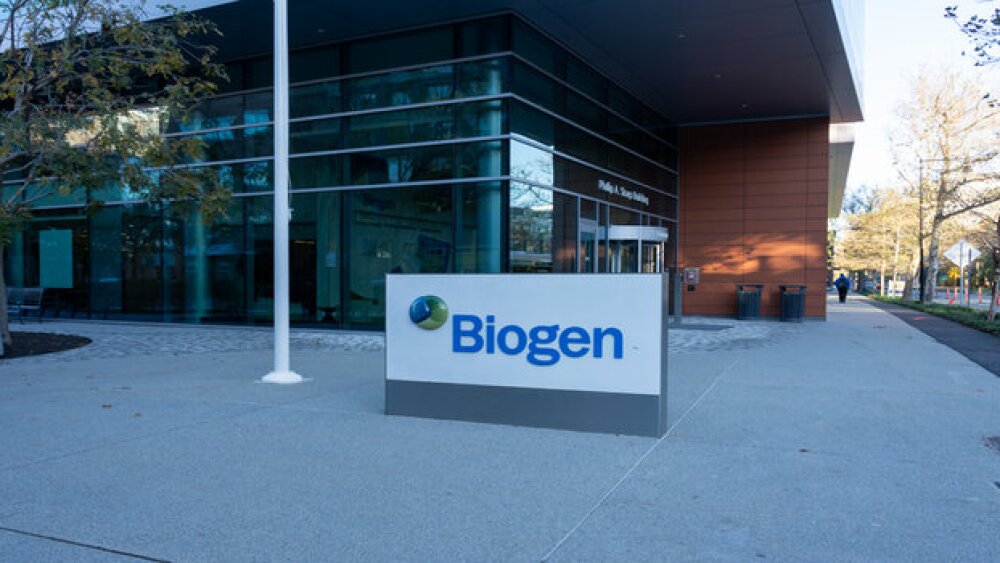St. Jude Children’s Research Hospital published data from its Phase I/II clinical trial of its gene therapy for SXCID or SCID-X1, also dubbed “bubble boy disease.” The research was published in the New England Journal of Medicine.
St. Jude Children’s Research Hospital published data from its Phase I/II clinical trial of its gene therapy for XSCID or SCID-X1, also dubbed “bubble boy disease.” The research was published in the New England Journal of Medicine.
XSCID is severe combined immune deficiency, one of the most severe forms of primary immunodeficiency disease. The babies born with this disease, fewer than 100 per year in the U.S., have no functioning immune systems. Today, bone marrow transplants succeed in treating the disease more than 90% of the time.
The “bubble boy disease” nickname refers to David Vetter, who was born with the disease in 1971. David spent 12 years in a relatively germ-free environment, a kind of bubble, at Texas Children’s Hospital. At that time the only cure was an exact bone marrow transfusion, but no one in the family had an exact match. David received a bone marrow transfusion in 1984, but died four months later from lymphoma, probably introduced by the Epstein-Barr virus during the transfusion. He was 12 years old.
St. Jude licensed the lentiviral gene therapy from Mustang Bio. The Phase I/II clinical trial studied the safety and efficacy of a lentiviral vector to transfer a normal copy of the IL2RG gene to bone marrow stem cells in newly diagnosed babies under the age of two with XSCID. The study evaluated 10 infants who received the therapy and the published data looks at eight infants with XSCID who were treated at St. Jude and at UCSF Benioff Children’s Hospital and were followed for a median of 16.4 months.
The bone marrow harvest, preconditioning with busulfan and cell infusion were well tolerated. In seven of eight patients, CD3+, CD4+ naive T-cell and natural killer (NK) cell numbers were at normal levels within three to four months after treatment. The eighth baby had insufficient T-cells at the beginning, but normalization followed an unconditioned “boost” of cells that had been gene-corrected, and that patient is progressing “favorably.”
All the patients in the trial cleared previous infections and are growing normally. Most of the patients were discharged from the hospital within one month.
“The results have been very good thus far,” stated Ewelina Mamcarz, assistant member at St. Jude, who led the clinical trial. “All of these patients were able to come off of isolation and they’ve returned home with immune systems that were fully functional. We had patients come to us with very severe infections and they cleared them through the emergence of this newly developed immune system.”
Mamcarz told Bloomberg, “We believe that the patients are cured. They’re living normal lives, and they have normal, functional immune systems that aren’t any different from yours and mine. They are home, some have started daycare, and they are making antibodies in response to vaccines just like we all do.”
Although relatively early in the process, this is yet another highlight of how far research has come in bringing gene therapy into mainstream medicine. There has been significant movement in the industry as well, with Roche acquiring Spark Therapeutics for $4.8 billion in February. Spark is the only biotech company to successfully commercialize a gene therapy in the U.S., in this case, Luxturna (voretigene neparvovec) for a rare genetic form of blindness. And Novartis acquired AveXis in April 2018, whose gene therapy for spinal muscular atrophy (SMA) looks likely to be approved in May.





